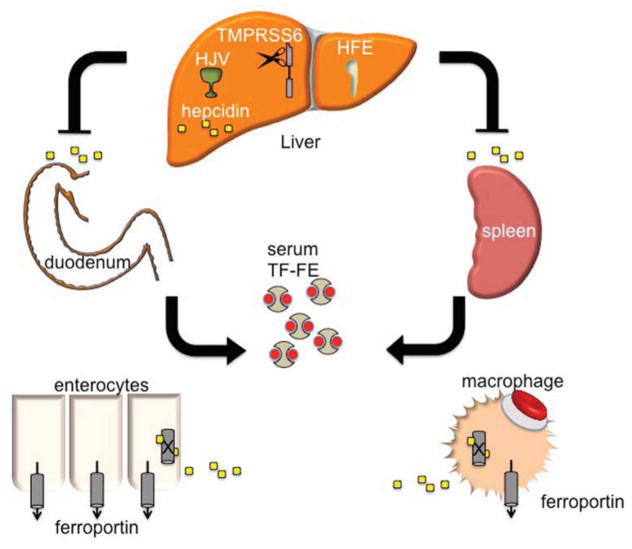Figure 1. The role of the liver and hepcidin in iron regulation.
Hepcidin, produced in hepatocytes of the liver, is a soluble regulator of iron metabolism. HFE and HJV (hemojuvelin) are necessary for appropriate sensing of TF (transferrin) saturation, and consequently, total body iron burden. TMPRSS6 is a membrane-bound serine-protease thought to regulate HJV function by cleaving the BMP co-receptor HJV at the cell membrane. Upon release from the liver, hepcidin binds to ferroportin on the surface of duodenal enterocytes and macrophages responsible for recycling iron from RBCs, leading to internalization and degradation of the iron transporter FPN1 and diminution of transferrin-bound iron (TF-Fe) in the serum.

